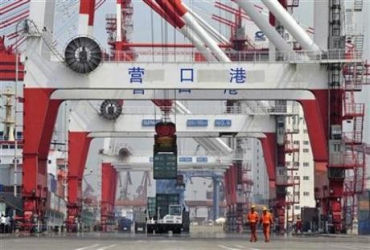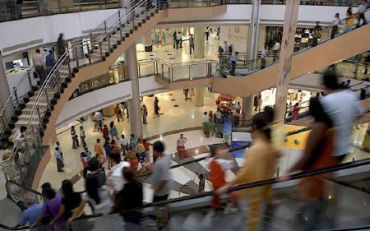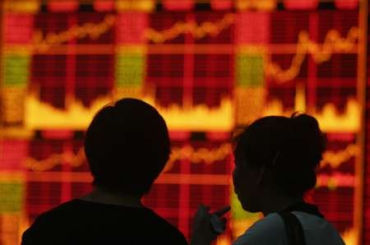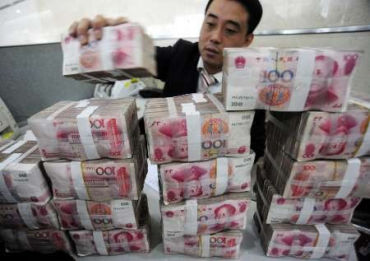 | « Back to article | Print this article |
India among 6 countries set to redefine global economy
As economic power shifts, these successful economies will help drive growth in lower income countries through cross-border commercial and financial transactions.
The report, Global Development Horizons 2011 - Multipolarity: The New Global Economy, projects that as a group, emerging economies will grow on average by 4.7 per cent a year between 2011 and 2025.
Click NEXT to read more...
India among 6 countries set to redefine global economy
"The fast rise of emerging economies has driven a shift whereby the centers of economic growth are distributed across developed and developing economies - it's a truly multi-polar world," said Justin Yifu Lin, the World Bank's chief economist and senior vice-president for development economics.
"Emerging market multinationals are becoming a force in reshaping global industry, with rapidly expanding South-South investment and FDI [foreign direct investments] inflows.
"International financial institutions need to adapt fast to keep up."
Click NEXT to read more...
India among 6 countries set to redefine global economy
Global Development Horizons maps out the challenges that a multi-polar world economy poses for developing countries over the next 20 years.
The authors use empirically-based indices to identify high-growth countries with strong human capital and technological innovation, and that also drive economic activity in other countries.
Growth spillovers are likely via cross-border trade, finance, and migration, which will induce technological transfer, and increase demand for exports.
Click NEXT to read more...
India among 6 countries set to redefine global economy
With the emergence of a substantial middle class in developing countries and demographic transitions under way in several major East Asian economies, stronger consumption trends are likely to prevail, which in turn can serve as a source of sustained global growth.
"In many big emerging economies, the growing role of domestic demand is already apparent and outsourcing is already under way," said Hans Timmer, the World Bank's director of development prospects.
"This is important for the least developed countries, which are often reliant on foreign investors and external demand for their growth."
Click NEXT to read more...
India among 6 countries set to redefine global economy
As more deals originate in emerging markets, South-South foreign direct investment is likely to rise, with most of it going into greenfield investments, while South-North FDI is more likely to target acquisitions.
As they expand, more developing countries and their firms will be able to access international bond and equity markets at better terms to finance overseas investments.
Click NEXT to read more...
India among 6 countries set to redefine global economy
In contrast to international trade and monetary relations, no multilateral regime exists to promote and govern cross-border investment.
Instead, the surge of bilateral investment treaties - more than 2,275 BITs as of end 2007 - has provided the most widely used mechanism for interstate negotiation over cross-border investment terms, including access to international arbitration of disputes through referral to the International Centre for the Settlement of Investment Disputes, an affiliate of the World Bank.
Click NEXT to read more...
India among 6 countries set to redefine global economy
"The most likely global currency scenario in 2025 will be a multi-currency one centered around the dollar, the euro, and the renminbi."
To sustain growth and cope with more complex risks, economies that are home to emerging growth poles need to reform domestic their institutions, including in the economic, financial, and social sectors.
China, Indonesia, India, and Russia all face institutional and governance challenges.
Click NEXT to read more...
India among 6 countries set to redefine global economy
"The projected changes in the global economy are fundamental. Overall, these shifts will likely be positive for developing countries.
"However, a key question is whether existing multilateral norms and institutions are sufficiently strong to accommodate the passage toward multi-polarity.
"The challenges of managing global integration among power centers makes strengthening policy coordination across economies critical to reducing the risks of economic instability," said Dailami.
Click NEXT to read more...
India among 6 countries set to redefine global economy
Multilateral institutions have to help countries transition to the new multi-polar world.
This will require technical assistance, aid, and policy advice to equip developing countries with the necessary tools and financial capacity to respond to anticipated challenges and risks, while capitalizing on their strengths and opportunities.








